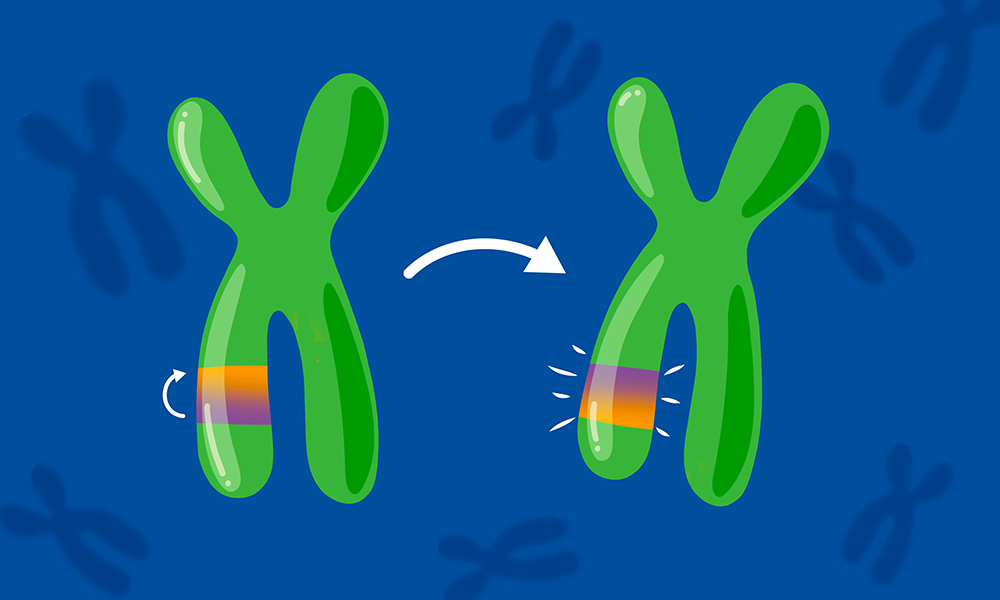Free Courses Sale ends Soon, Get It Now


Free Courses Sale ends Soon, Get It Now



Copyright infringement not intended
Picture Courtesy: www.embl.org
Context: Researchers at the University of Tokyo suggest that the omicron subvariant JN.1, with the "FLip" mutation L455S in its spike protein, is likely to become the dominant SARS-CoV-2 virus lineage globally.
Details
"FLip" mutation
Conclusion
Must Read Articles:
COVID 19 JN.1 VARIANT: https://www.iasgyan.in/daily-current-affairs/covid-19-jn1-variant#:~:text=Explanation%3A%20%22JN.1%22,including%20the%20US%20and%20China.
PIROLA: https://www.iasgyan.in/daily-current-affairs/pirola
|
PRACTICE QUESTION Q. What is the primary role of Flp recombinase in FLip mutations? A) Initiate transcription B) Recognize FRT sites C) Repair DNA damage D) Generate mutations Answer: B Explanation: Flp recombinase is an enzyme that specifically recognizes and binds to FRT (Flp recognition target) sites within the DNA. This binding facilitates site-specific recombination, allowing for precise DNA modifications in FLip mutations. |
© 2024 iasgyan. All right reserved